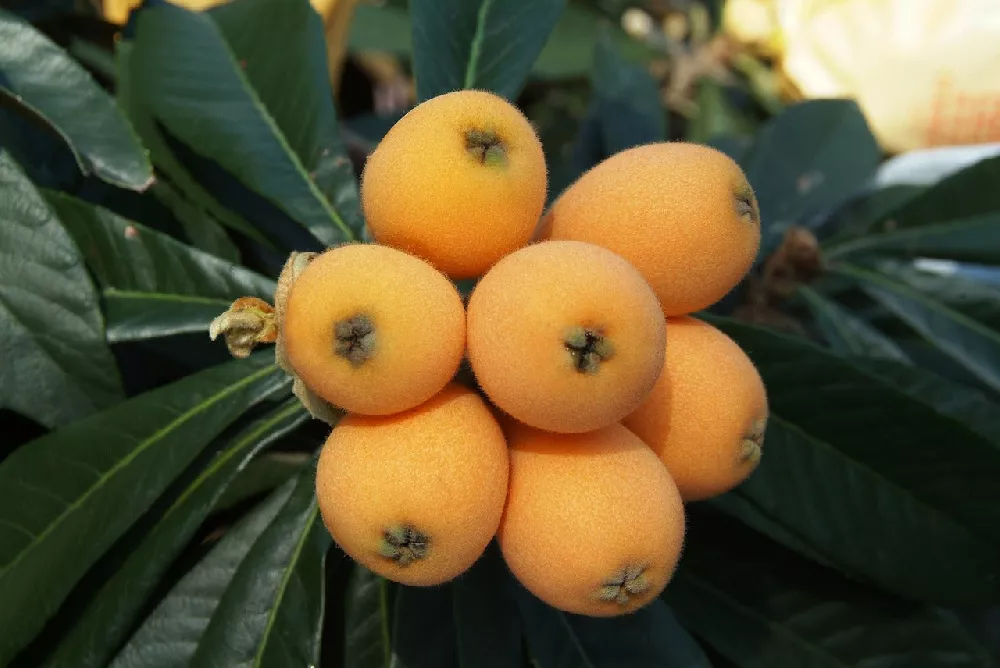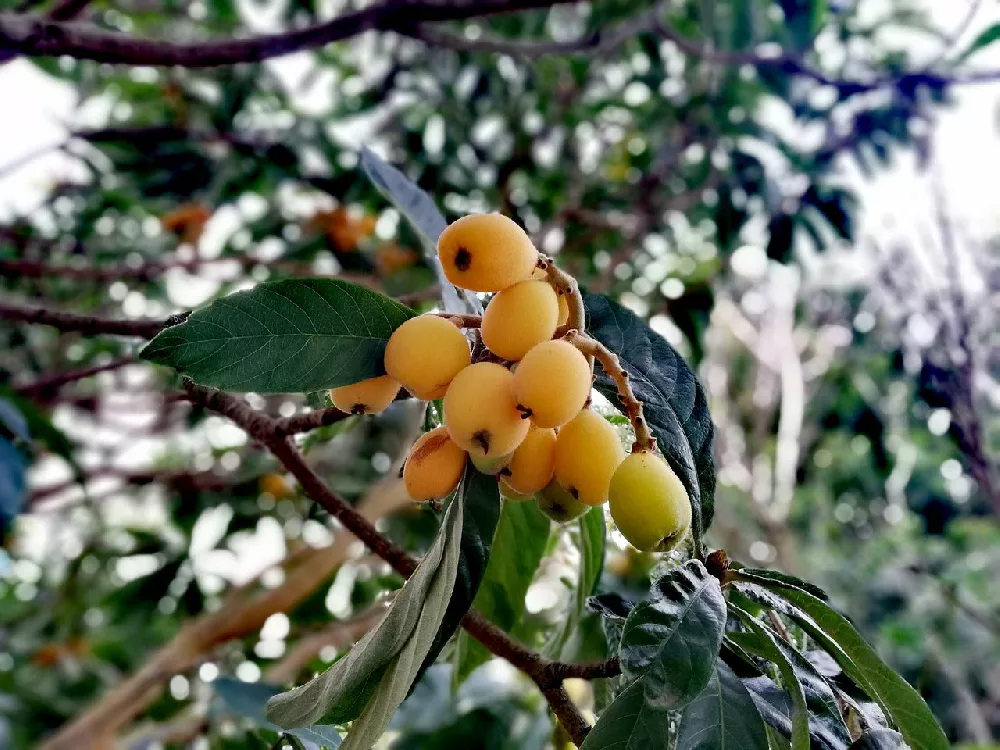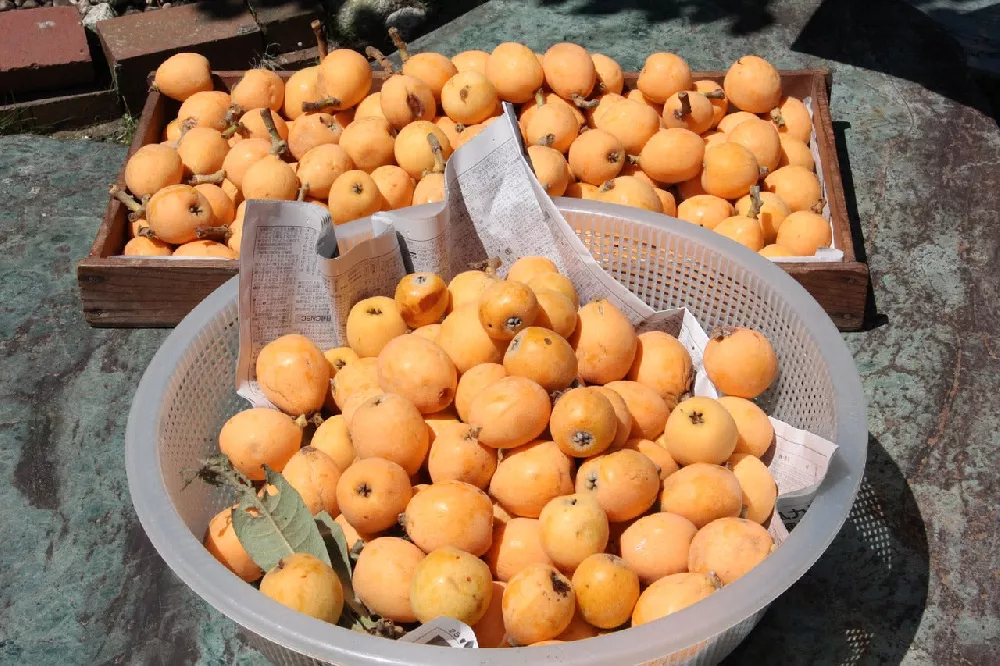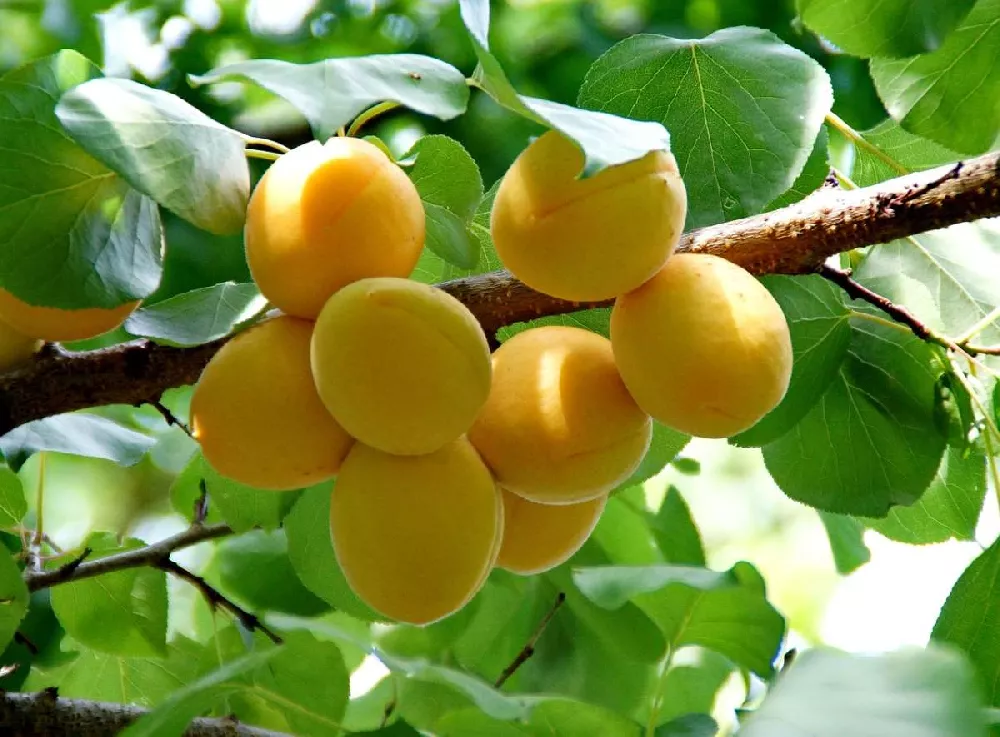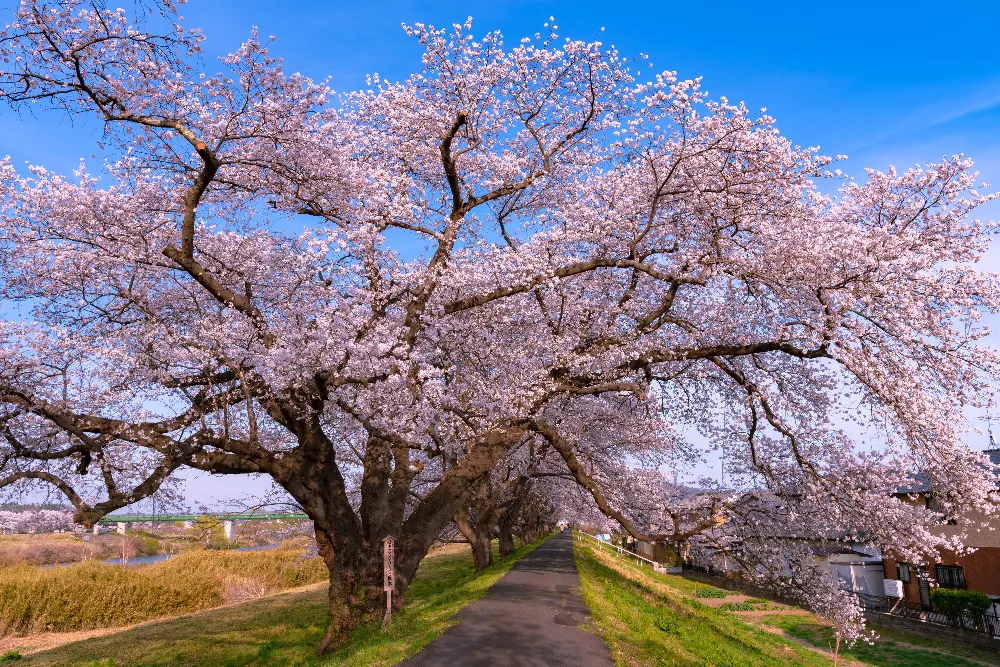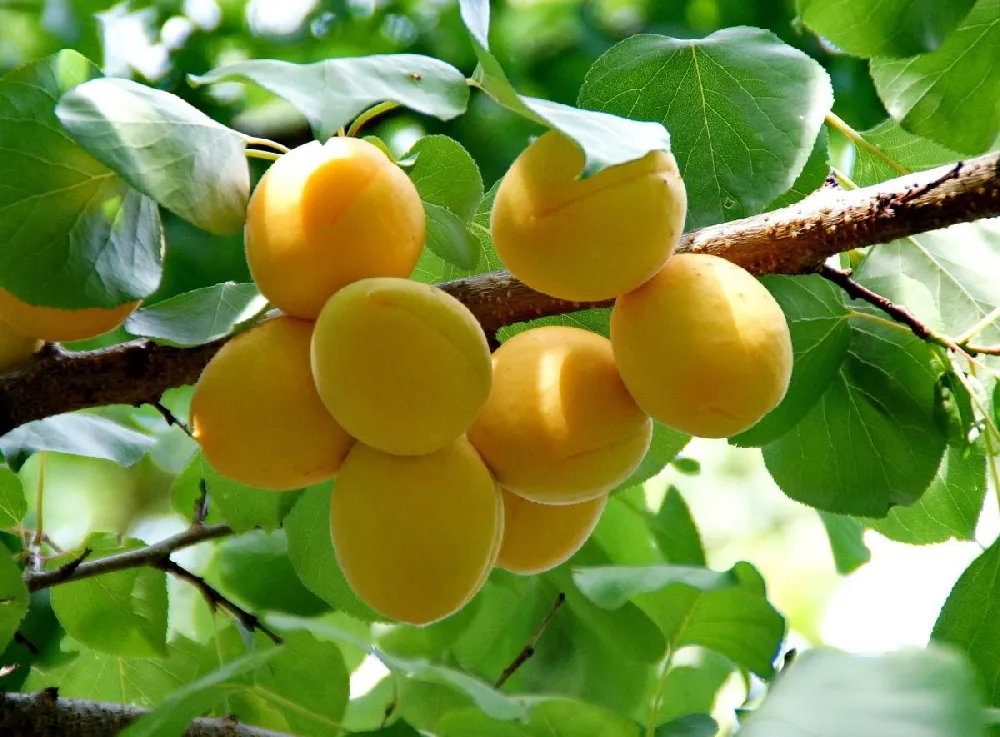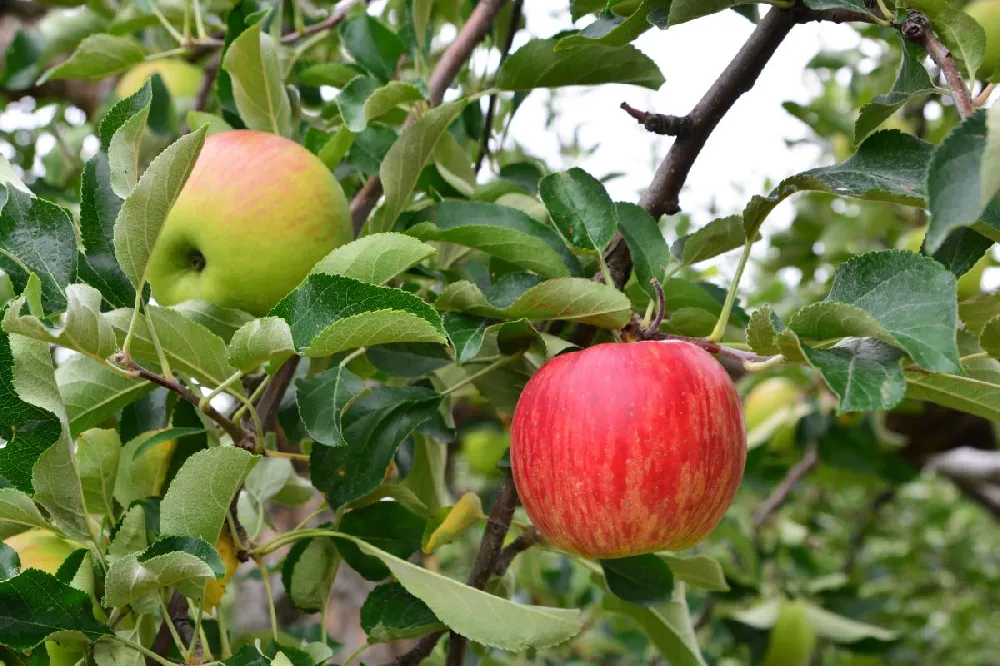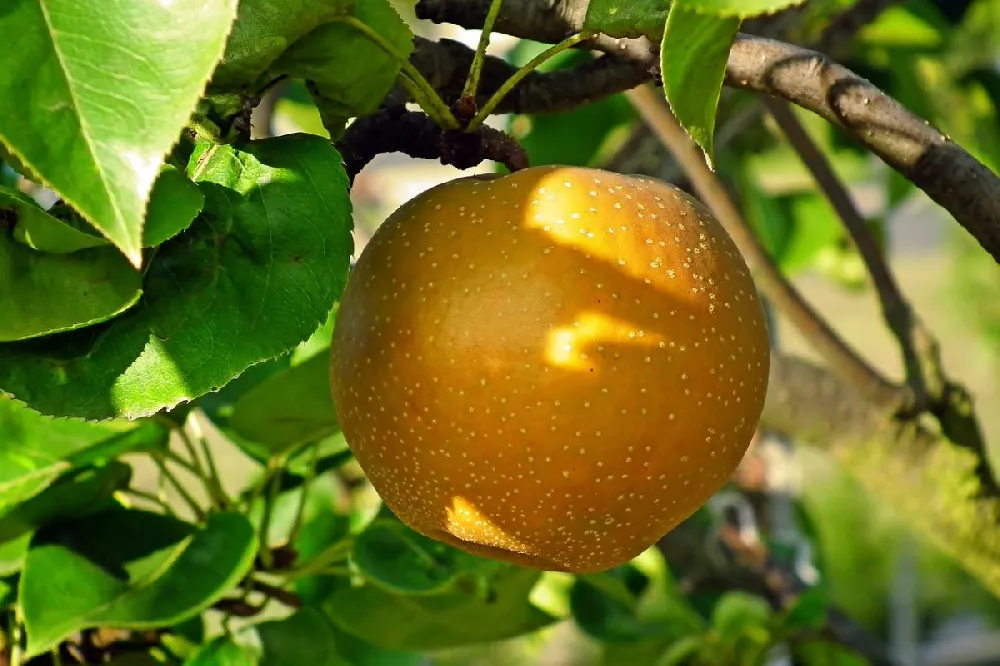- Home >
- Ornamental Trees >
- Loquat Tree
Loquat Tree for Sale
- Ships in 1-2 days
- 1-Year Warranty Eligible
- Pots or accessories are not included unless specified in the product options.
Shipping Details:
Products shipped through FastGrowingTrees.com. Once your order is shipped, you’ll receive an email with a tracking number and estimated delivery date. Most orders will ship immediately.
This Chinese native is not as well-known as some fruit trees, but it should be. Loquat trees are grown as much for their beauty as their tasty fruit. They should be in every garden in the warmer regions of the U.S. The shape, glossy foliage, and aromatic blooms make it the center of attention at any time. Here are some other reasons to include one in your landscape:
- Japanese gardeners have cultivated Eriobotrya japonica trees for centuries.
- Loquat trees require very little maintenance once they are established.
- Loquats are a member of the rose (Rosaceae) family.
Plant Care
Sunlight

Your loquat will do best where it receives at least 6-8 hours of direct sun a day, but it can tolerate some shade.
Watering
Water loquats deeply but infrequently. They need more water during fruiting season, less during winter.
Fertilizing

Fertilize with a product designed for fruit trees such as apples and peaches, as per package directions.
Planting instructions
Find a spot that receives full sun to partial shade and has well-draining soil. Early morning sun and late afternoon exposure are ideal. Be sure there are no obstructions such as overhead wires, buildings, or other trees within 30 feet. Loquat is not picky about soil type, but does well in a soil that drains well and is not salinated.
Dig a hole that is slightly deeper than the root ball and three times its diameter. Remove some of the soil from the rootball by rinsing it off with water and spread the roots out. Make a small mound in the bottom of the hole and place the tree over the top of it. Backfill the soil while tamping it down to remove air pockets. When halfway full, fill the hole with water and allow it to drain. Continue filling the hole while keeping the top of the root ball even with the surrounding soil line. When finished, water again deeply.
Watering and nutrients
Water your new loquat tree every other day or so when first planted. The goal is to keep the tree’s root ball and surrounding soil moist until new growth appears. After a few weeks, cut your watering down to once weekly, watering only when you are experiencing high heat that dries the soil. It is a good preventative to keep the area weed-free. Young loquat trees do not compete well with weeds and tough grasses. Maintain a clean perimeter of about three feet in diameter around the tree’s trunk.
Loquat trees will benefit from a regular feeding schedule of a balanced fertilizer. Feed the trees by spreading a granular fertilizer around the tree’s base in a two- to three-foot circle. Slowly water the mixture into the soil, careful not to let it run off or away from the tree.
Pollination
Some varieties of Eriobotrya japonica are self-pollinating. Others do require a second tree for pollination. If you have just one of these evergreens in your garden, be sure to choose a self-fertile variety. Having more than one loquat tree gives you an even better harvest as cross-pollination chances are higher. Loquat trees do not like cold weather. The tree may withstand freezing temperatures, but the flowers and fruit cannot.
Pruning
Pruning your loquat tree does more than just improve its looks; it will improve your harvest. Loquats will produce more panicles in the spring if dead ones are removed in the previous fall. Pruning helps the lower branches of your tree receive the light they need to produce fruit. Improved airflow aids in production and overall tree health. Remove any dead or diseased branches any time of the year, but keep the severe pruning until fall or winter. Keeping the tree from getting too tall will also help during harvest time.
Pests, diseases, and animals
Ladybugs and all-natural neem oil are two of your best weapons when it comes to fighting insect pests on loquat trees, although in serious infestations, you may need to resort to an insecticide. Just be careful not to harm any of your pollinators or beneficial bugs. Aphids, black scale, codling moths, and fruit flies are all enemies you need to keep an eye on. Fruit flies are easy to deter by keeping the area under and around your tree free from fallen fruit and debris.
Loquat trees can succumb to a serious bacterial disease called fire blight. Very wet conditions with high humidity can bring on this disease. The first step is to remove and burn any infected branches or parts of the tree. Copper fungicides may be used against mild infections, but there is no chemical cure for fire blight.
Loquat fruit is an attractive lure to many bird species and deer. You may need to cover your tree with bird netting and fence it off from the deer and any other browsers who may wander in.
Harvesting
Loquat fruit should be allowed to ripen fully on the tree. It usually takes about 90 days from the flowers opening for the fruit to be ready for picking. A signal they are ripe is when the fruit nearest the stem begins to turn from yellow to orange. At this point, they will come off of the tree with a slight tug and will be soft to the touch.
FAQs
How big does a loquat tree get?
Most loquat trees will mature somewhere about 25 feet tall and 15-20 feet wide. Commercial growers keep their trees closer to 15 feet tall to make the fruit harvest easier. Gardeners who keep the tree closer to 10 feet tall will end up with trees that look more like a shrub.
What are other names for the loquat tree?
Its botanical name is Eriobotrya japonica, but the loquat is often called the Japanese or Chinese plum. Some other labels include pipa, Japan plum, and Japanese medlar.
What can I use the loquat fruit for?
The small, round, or teardrop-shaped fruits rarely get larger than 2 inches long. They can be sweet or slightly acidic but are always very tasty with a texture similar to an apple. The fruit can be eaten fresh off the tree or frozen whole for later use. They are an excellent fruit for cobblers, jams, jellies, pies, and preserves. The seeds can be toxic to animals and humans if ingested.
How fast do loquat trees grow?
Loquat trees aren’t the fastest growing trees. But they will add anywhere from 12-24 inches per year under ideal conditions. Grafted trees planted in the ground will often start producing fruit in just two or three years. Those planted in containers will take about twice that time. A loquat tree grown from seed will need about ten years to reach maturity and fruit production.
Compare Similar Products
Customer Reviews
 Arrived in perfect condition!
Arrived in perfect condition!I'm in Texas and we lost everything during our week-long February freeze. I decided to replace some of my expensive (dead) palm trees with these Loquats because they capture that tropical look and give us the great fruit as a bonus at a much lower cost.
 Loquat
LoquatSo far so good. I need more time to see what happen to the plants
 Great
GreatGreat healthy looking tree
